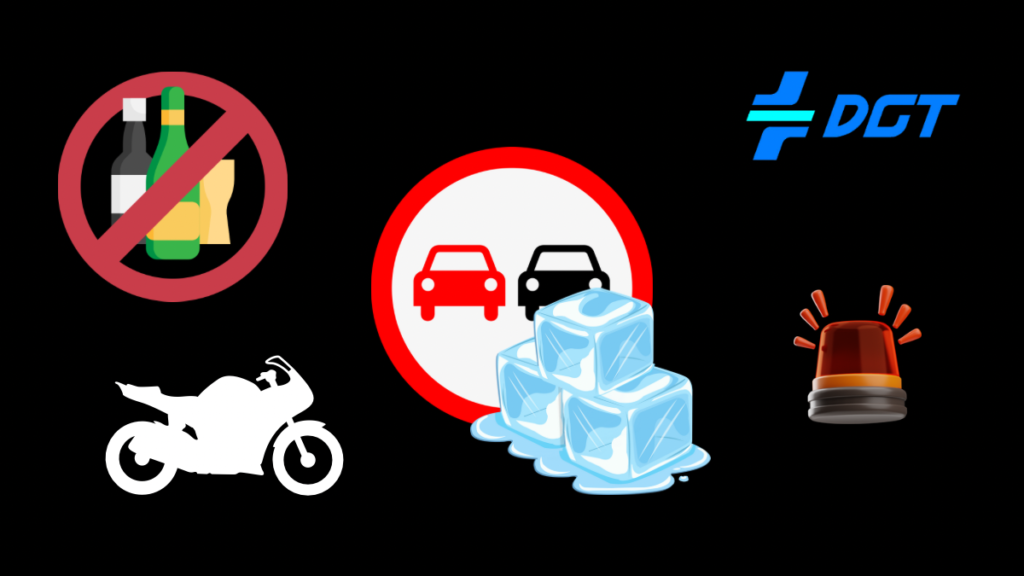

In May 2025, the Directorate General of Traffic (DGT) implemented a series of significant reforms to the General Traffic Regulations. These modifications seek to improve road safety, adapt to real-life traffic conditions, and protect the most vulnerable users. Below are the most relevant changes that every driver should be aware of.
From now on, in adverse weather conditions such as snow or ice on the road, overtaking is prohibited on interurban roads. All vehicles must travel in the right lane, leaving the left lane clear to facilitate the passage of emergency services and snowplows. This measure aims to prevent traffic jams and improve road clearance efficiency.
In the event of traffic jams on motorways or dual carriageways, drivers are required to create an emergency corridor. This means vehicles in the left lane move to the left and those in the right lane to the right, leaving a clear space in the middle for emergency vehicles to pass. This practice, already common in other European countries, aims to speed up the response to accidents and critical situations.
Motorcycles are permitted to ride on the right shoulder in stationary traffic, provided they do not exceed 30 km/h and respect the right of way of other users who must use the shoulder, such as bicycles or disabled vehicles. This measure aims to improve traffic flow and reduce risks to motorcyclists.
Emergency and roadside assistance vehicles, such as ambulances and tow trucks, may use the hard shoulder to respond to urgent situations. They must do so with their flashing lights on and operate at a speed limit of 30 km/h, except in cases of extreme urgency, when this limit may be exceeded. This measure aims to reduce emergency response times.
Although still under study, motorcyclists are expected to be required to wear full-face or modular helmets on interurban roads, as well as approved gloves on all roads. Furthermore, a mandatory course is planned for drivers with a B license who wish to ride motorcycles up to 125 cc, with the aim of improving their training and safety.
The maximum alcohol limit for drivers has been reduced to 0.2 g/l of blood alcohol (0.1 mg/l of exhaled air), moving closer to a zero-tolerance policy. This measure aims to reduce alcohol-related accidents while driving.
Starting January 1, 2026, it will be mandatory to carry a connected V16 warning beacon instead of traditional emergency triangles. This device is placed on the roof of the vehicle and emits a light signal visible from one kilometer away, in addition to transmitting the vehicle's location to the DGT (Directorate-General for Traffic).
These reforms reflect the DGT's commitment to improving road safety and adapting to new mobility realities. It is essential that drivers stay informed and comply with these regulations to contribute to safer and more efficient traffic.
Would you like to receive a monthly summary of the most important news from the DGT? Subscribe to our newsletter and stay up to date with the latest updates.
Share:
More entries
Subscribe to the newsletter